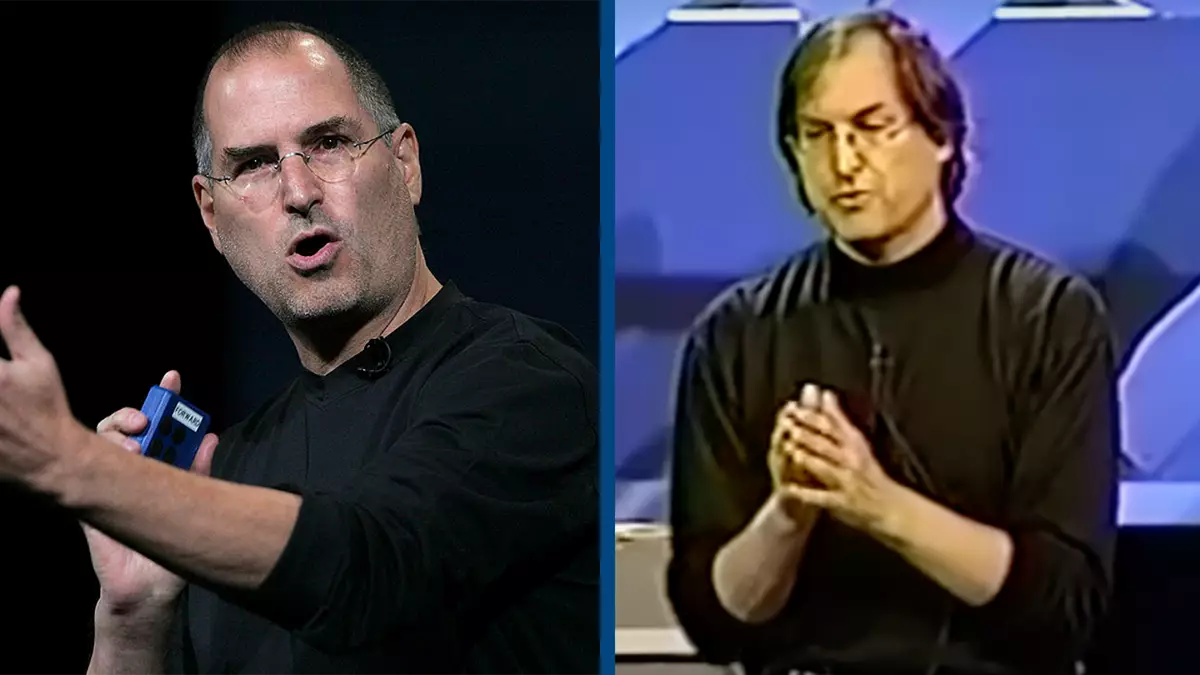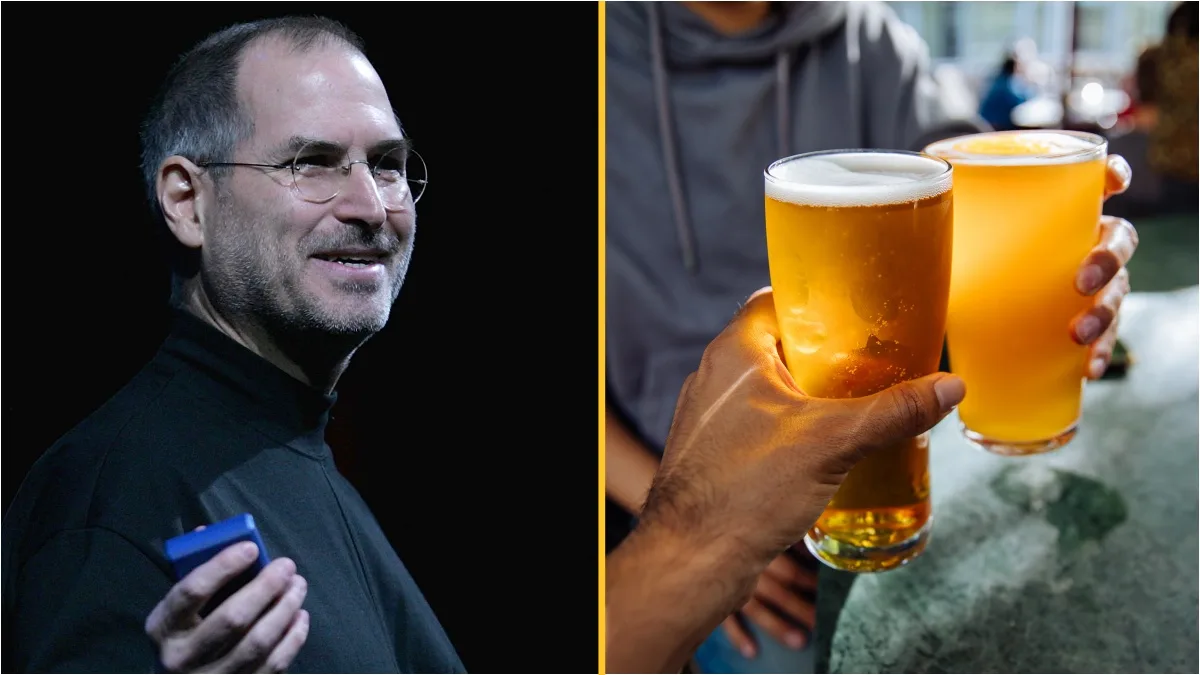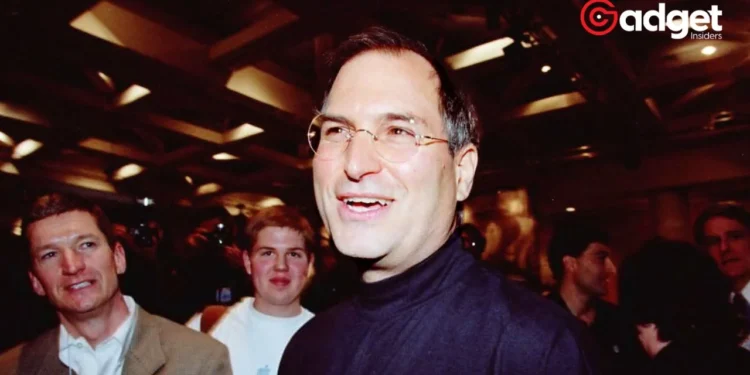In the high-stakes world of Silicon Valley, where innovation and creativity are paramount, the way leaders build their teams can often be as groundbreaking as the products they create. Among the legends of the tech industry, Steve Jobs, the visionary co-founder of Apple, carved a unique path in product development and his approach to hiring talent. His unconventional method, famously known as the ‘beer test,’ recently analyzed by a seasoned recruiter, sheds light on the softer, more human side of the tech titan.
This insight reveals much about the culture at Apple and offers valuable lessons for companies striving to attract top talent in any sector.

Steve Jobs: A Personal Touch in a Digital World
At the heart of Jobs’ interview technique was a simple, yet profound, idea: to see beyond the resume and qualifications, and understand the person. By inviting candidates to take a walk or enjoy a beer, Jobs aimed to break down the formal barriers of the traditional interview process.
This approach was not just about making candidates feel at ease but was a strategic move to uncover their true selves, beyond the nerves and rehearsed answers. Eleanor, a senior executive recruiter who has spent years in the trenches of talent acquisition, praised this approach in her discussion with UNILAD.
“Anything that can make your candidate feel a little bit more at ease, and therefore a little bit more able to talk truthfully about their experience and honestly about their experience is just a tick for me,” she explained. This sentiment captures the essence of the ‘beer test’ – creating an environment where authenticity thrives.
Most people get the Feynman technique wrong. They butcher it by breaking down complex information into even more complex stories.
In this 1981 interview, 25-year-old Steve Jobs shows us how to masterfully use the Feynman technique to captivate and engage an audience.
It's one… pic.twitter.com/R7jZHo4cR4
— Ashwin Sharma (@Ashwinreads) September 15, 2023
The Real Person Behind the Resume
The success of any company, particularly in the tech industry, hinges not just on the skills and experience of its employees but on their ability to innovate, collaborate, and adapt.
Jobs’ informal interview style, including questions about personal achievements and how candidates spent their previous summer, was designed to elicit responses that showcased their personality, creativity, and real-life problem-solving abilities.
Eleanor commends Jobs’ open-ended questions, noting their effectiveness in allowing candidates to reveal more of their personality. “They’re a little bit broad in terms of questions, so I think anything that unpicks people a little bit or puts them at ease is good interview questions,” she said.
This technique contrasts sharply with the more conventional, rigid interview formats that often fail to capture the essence of a candidate.
Apple: More Than Just a Tick Box Exercise
In today’s competitive job market, the pressure to present a perfect facade can be overwhelming for candidates. However, Eleanor emphasizes that companies are not looking for candidates to tick every single box. “Chill, relax, be yourself, [and] be honest,” she advises job seekers, highlighting that being genuine is more valuable than trying to fit a predetermined mold.

The ‘beer test,’ while seemingly simple, is a testament to Steve Jobs‘ innovative spirit, not just in product design but in his approach to building a team that would lead Apple to become a global powerhouse. It serves as a reminder that at the end of the day, companies are not just hiring a set of skills; they are hiring human beings with unique personalities, experiences, and perspectives.
In an era where authenticity and culture fit are increasingly recognized as critical components of business success, Jobs’ technique is more relevant than ever.
As businesses continue to navigate the challenges of the digital age, the lessons from Jobs’ ‘beer test‘ offer valuable insights into the art of talent acquisition. By fostering an environment of openness and authenticity, companies can unlock the full potential of their teams, driving innovation and success in the competitive landscape of the 21st century.










